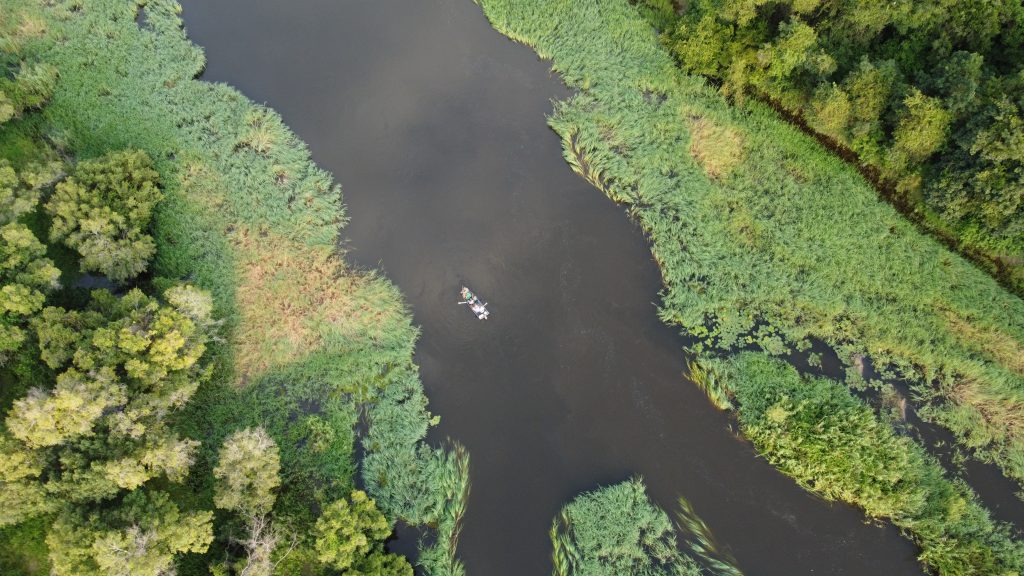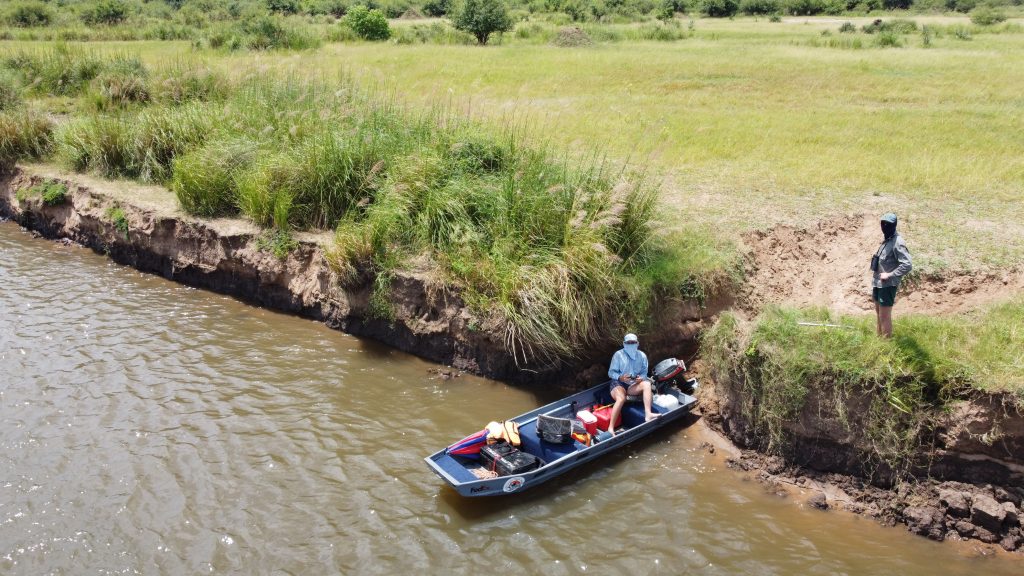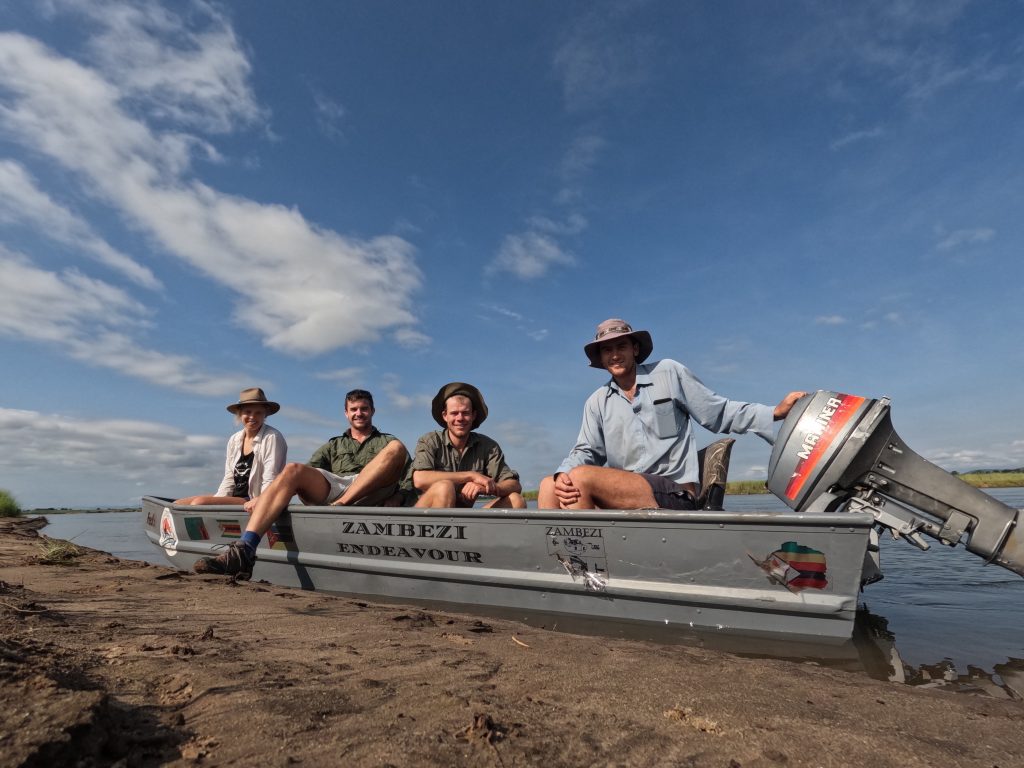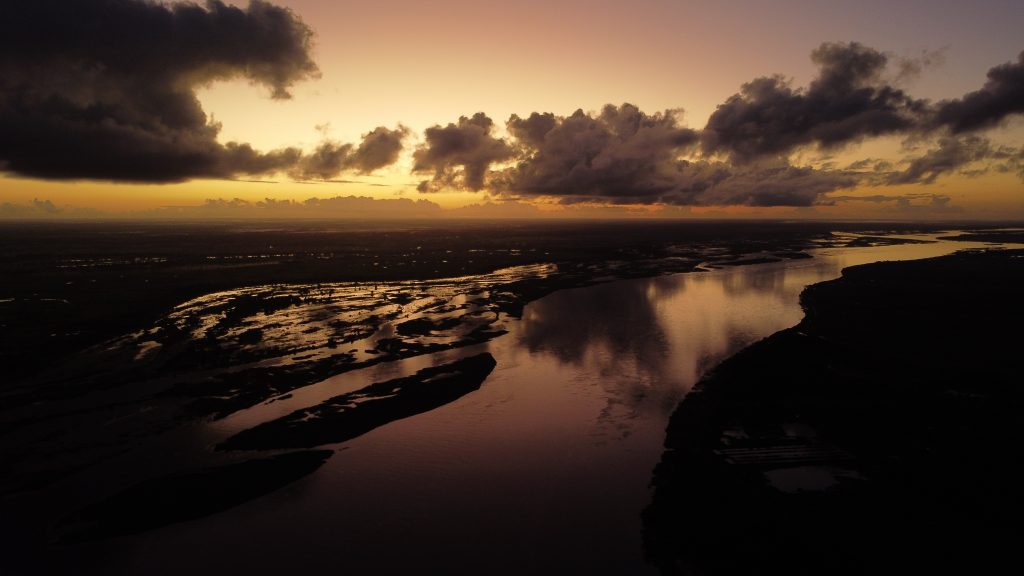Article David Scott
The Zambezi endeavour was undertaken in 2022, and completed in 2023, a boat trip of two thousand five hundred kilometres, and by vehicle, almost eight thousand kilometres. The inspiration for this started when I was ten years old, in 1950, and saw the Zambezi River for the first time as an impressionable kid at the Victoria Falls.

That torrent of falling water topped by a rainbow, staying in a great hotel for the first time, seeing that iconic bridge, David Livingstone’s statue, and watching a four-engine Short Solent B.0.A.C. Flying boat taking off early one morning, entranced me. I decided there and then that one day I would find out where all that water came from, and where it all ended up.
However, that opportunity only came seven decades later.
During the ten years that I was the Administrative Manager of Pleasantways Care Home, I soon came to realise that most of the residents, through no fault of their own, had lost incomes and pensions not just once or twice, but three or four times. It also came to me that Adventure Tourism could be a great source of fundraising for those who needed it most. So, I decided to combine the two, my dream and fundraising!

With essential sponsorship and no lack of volunteers for vehicle and boat crews, part one of the Zambezi Endeavour started in May 2022 at the source of the Zambezi which is a tiny spring in the far northwestern corner of Zambia, a stone’s throw from the Angolan and DRC borders. Here, I filled a water bottle with spring water, to pour into the Indian Ocean delta, our final destination. The crew comprised Blade Bester, Michael Johnson, Matthew Rea and yours truly. The boat journey started from the Chavuma Falls and boated through the incredible two hundred and fifty kilometres long by fifty kilometres wide Barotse Floodplain, and as far downstream as Sesheke, with a portage around Ngonye/Sioma Falls.
Unfortunately, the boat was damaged beyond local repair in rapids, so part one ended prematurely.
Setting off onto part two in February 2023, was with a much smaller boat and motor, which was transported on the roof rack of a 100 Series Land Cruiser. The new team of Blade Bester, Daniel Pascoe, Judah Day and Annicka Brosnan set off for the rapids where part one had ground to a halt. These rapids and others were successfully negotiated, and even those deemed too dangerous to life and limb were bypassed. Once the boat reached Victoria Falls, it was portaged downstream to Deka, but not before the team members had white water rafted the rapids below the Falls which were negotiable at the time.
Rapid progress was made thereafter. Judah and Annicka set off via the Escarpment road to Kiplings in the Ume River, Blade and Daniel in the tinny on Lake Kariba were headed for Kiplings too. Both teams made excellent headway and kept to schedule. The next day the car and tinny, on board the Padenga Ferry, got to Kariba, where the boat team visited the dam wall, where they surveyed the Kariba Gorge from one of the sluice gates inside the dam wall. Blade then set off by vehicle to pay various National Parks fees at Marongora on his way to Rifa, while the other three launched the tinny into the Kariba Gorge, and boated down to Rifa Camp, to meet up with Blade, Blade’s father Christopher, and I. The Rifa camp offers young Zimbabwean schoolchildren a wonderful bush experience, teaching them in the duration of a week about the flora and fauna, and imparting them knowledge and skills to deal with even life pressures.
At Rifa, Manager Elspeth Baillie looked after us admirably and guaranteed a comfortable night after a filling braai supper. The next day, with the tinny needing some aluminium welding, Chris and I left for Harare. Progress by the boat and vehicle teams continued all the way to Kanyemba, after a night at Tafika. The boat crew of Blade and Daniel got through the border and into Lake Cabora Bassa (in the local dialect meaning “the work is finished”) but unfortunately, Annicka’s visa was deemed inappropriate, and so she and so she and Judah continued on to Nyamapanda, where once more the visa did not pass muster. Luckily Annicka was offered a lift back to Harare, Judah then continued into Mozambique, and met up with the boat and crew, after they had successfully negotiated the length of the lake by moonlight because during the day the water had been too rough for the little boat.

With the boat loaded onto the Cruiser again, the team proceeded to Tete, bypassing the Kebra Bassa rapids, which had thwarted David Livingstone, and destroyed his dream of God’s Highway into Africa’s interior. However, later on, we did visit Mary Moffat Livingstone’s grave in the little cemetery at Chupanga, overlooking the Zambezi River, and on my personal to-do wish list.
With cyclone Freddy rapidly approaching, the team left the boat with friends in Tete and decided to return to Harare for a few days and wait until the cyclone subsided. This meant that Annicka and I could join the team on the final leg from Tete to Chinde and the Indian Ocean coast. The five of us went via Mutoko and Nyamapanda border post to Tete on a good tarred road, and arrived in Tete that afternoon, where we spent the night and got going again the next morning, both boat and the vehicle heading for Tambara meet up again. We began to notice just how much damage Freddy had caused, particularly road infrastructure, and all crops flattened, with many homes and villages damaged too, and countless trees blown over. Detours of several hundred kilometres often had to be made. New and stronger springs had to be fitted to the vehicle
The final stop on the road trip was at Marromeu, where we were luckily able to meet up with Troy Wardley, an ex-Zimbabwean working on the nearby Sena Sugar Estates. He had a boat suitable to take some of us to the delta, together with the tinny the next day. The trees around the Clubhouse at Marromeu host the largest colony of Epauletted Fruit Bats in the Southern Hemisphere, an incredible sight as they readied themselves for their nighttime forays. So it was that on Wednesday the 21st March 2023, we reached the delta of the Zambezi River at Chinde, and I was able to finally pour the water collected at the source, into The Zambezi River’s Indian Ocean delta.
A dream come true!

